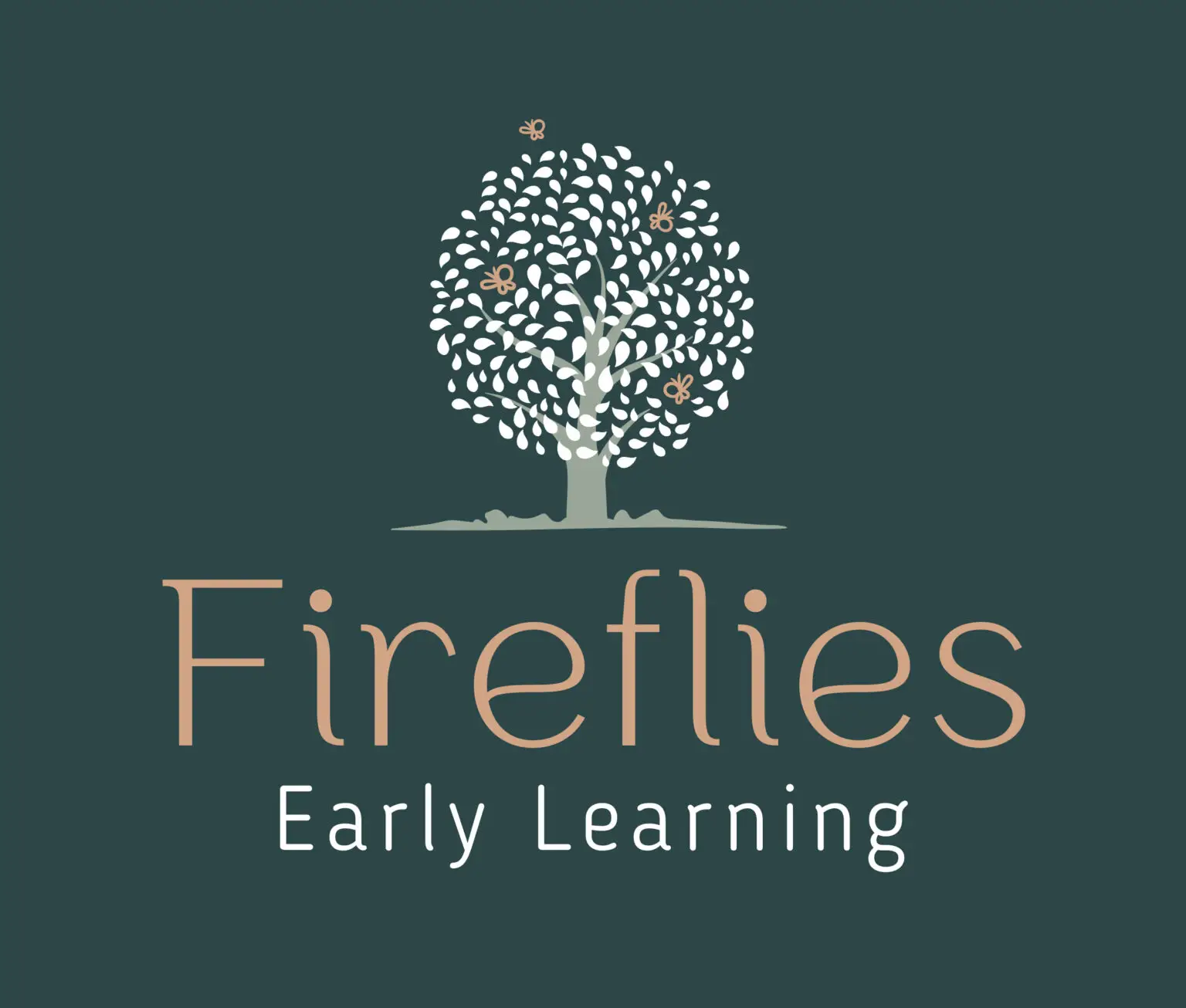Identifying Your Child’s Learning Style

Every child learns differently, and understanding your child’s learning style can help you support their development in the most effective way. There are three primary learning styles: visual, auditory, and kinaesthetic.
Visual learners absorb information best through images, diagrams, and written words. They may enjoy drawing, looking at picture books, or watching demonstrations. To support a visual learner, provide charts, flashcards, and opportunities for them to illustrate their ideas.
Auditory learners learn best through listening and verbal communication. They might enjoy storytelling, music, or talking about what they’ve learned. Reading aloud, discussing ideas, and using rhymes or songs can help reinforce learning.
Kinaesthetic learners prefer hands-on experiences. They learn by doing and often enjoy movement-based activities such as building, dancing, or engaging in physical play. To support a kinaesthetic learner, offer interactive materials like sensory bins, construction sets, or outdoor exploration.
It’s important to note that many children benefit from a combination of learning styles rather than fitting neatly into just one category. By offering a variety of activities and experiences, you can cater to your child’s unique learning needs and help them build confidence in different areas of development.
Additionally, observing your child’s natural preferences during play can provide valuable insights into their learning style. Do they enjoy drawing and visually organising their thoughts? Do they gravitate towards musical activities and storytelling? Or are they constantly on the move, eager to touch and explore? By tuning into these cues, you can tailor learning experiences to better engage and support their growth.
Creating an environment that accommodates different learning styles ensures your child remains motivated and excited about learning. By embracing their strengths and providing varied opportunities, you’re helping them develop essential skills that will benefit them well into the future.
